Completed in 2008, the Kettle Hole House project in New York’s East Hampton was designed by Robert Young‘s studio. The property contained an existing house, which was in need of a major renovation. Because of serious rot and the low quality of the initial construction, it was not clear that a restoration would cost less than a new house. According to the architects: Our instinct is always to save and reuse things rather than throw them away, so we were keen to find ways to keep the house economically. Surveys of the property indicated that the house was closer to the kettle pond than current town setbacks would allow; if we were to build a new house rather than renovate, it would have to be pushed back closer to the property line, compromising the privacy and water views that made this parcel so appealing. Cubic and rectilinear volumes are unified with horizontally striated cedar cladding, esponding the pines tree stands within the surrounding grounds.
While the existing house was full of quirky layout moments, such as dark narrow halls and high windows facing the view, the basic part of the house worked quite well — living spaces bookended by the master suite and guest bedrooms. By filling in a windowless courtyard and carport, we were able to enlarge the kitchen and dining areas, and add a den and a screened porch without extending the actual footprint of the house. This not only allowed for extra space, but also dramatically improved the awkward flow between the existing spaces. Without moving load-bearing walls, we merged the kitchen, living and dining areas into an open, flowing plan.
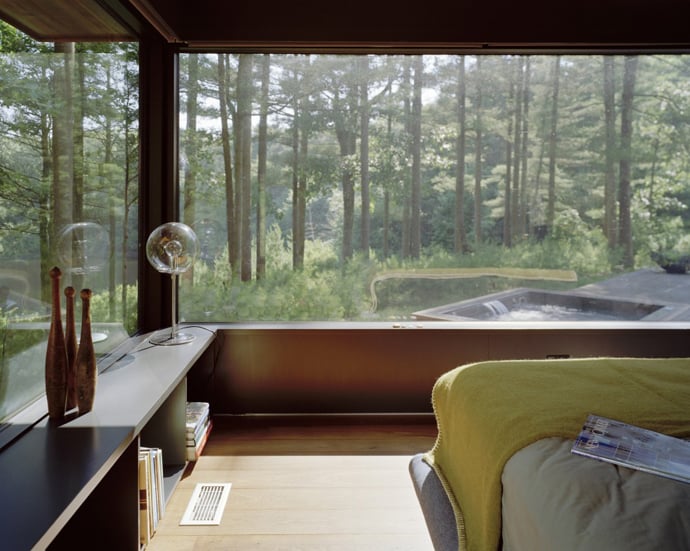
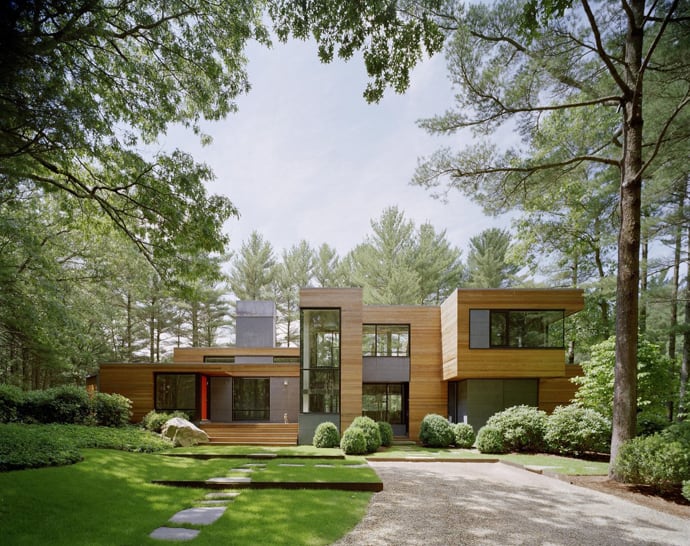
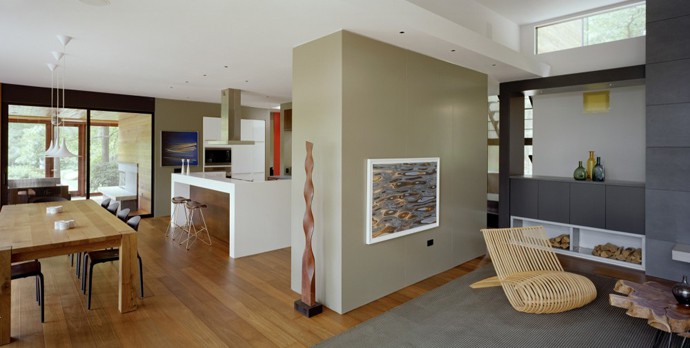
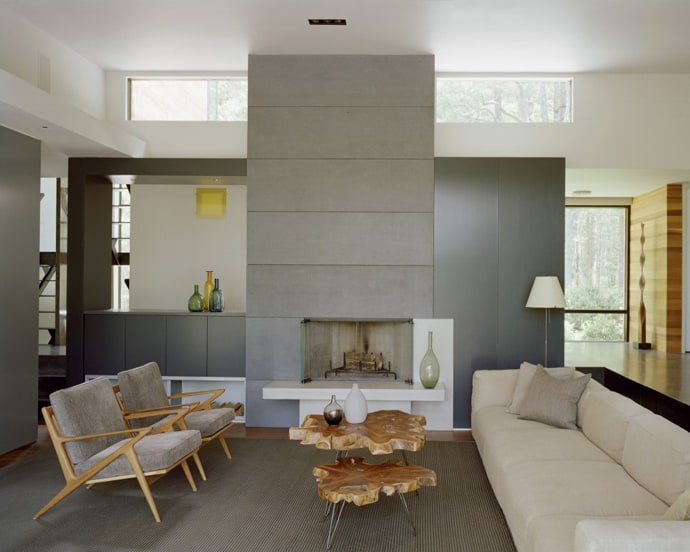
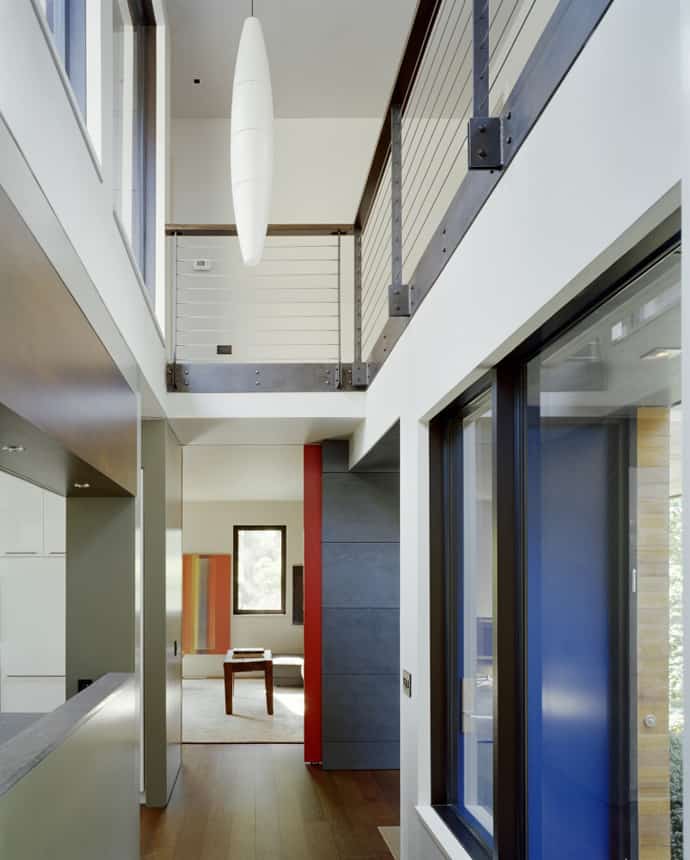
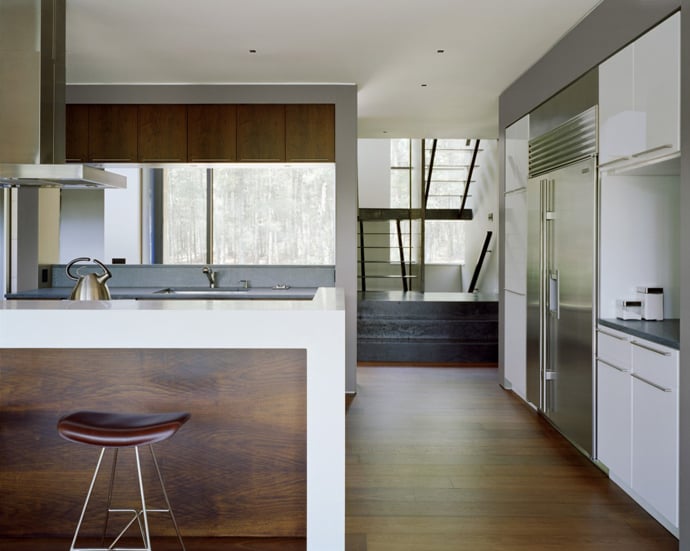
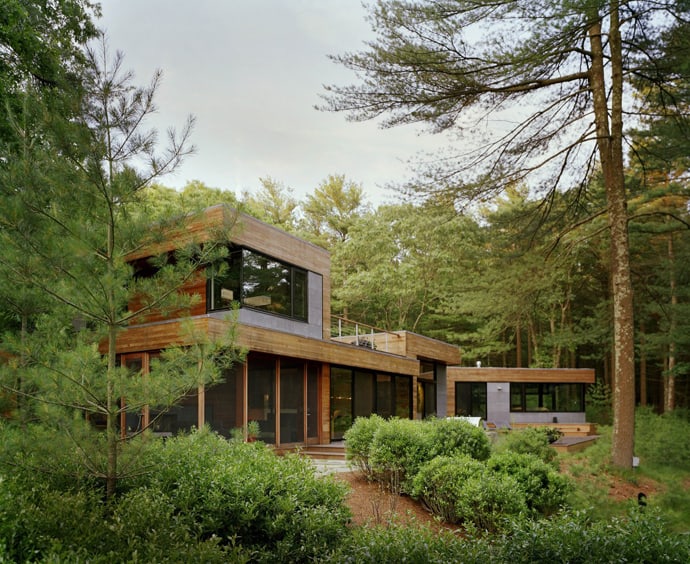
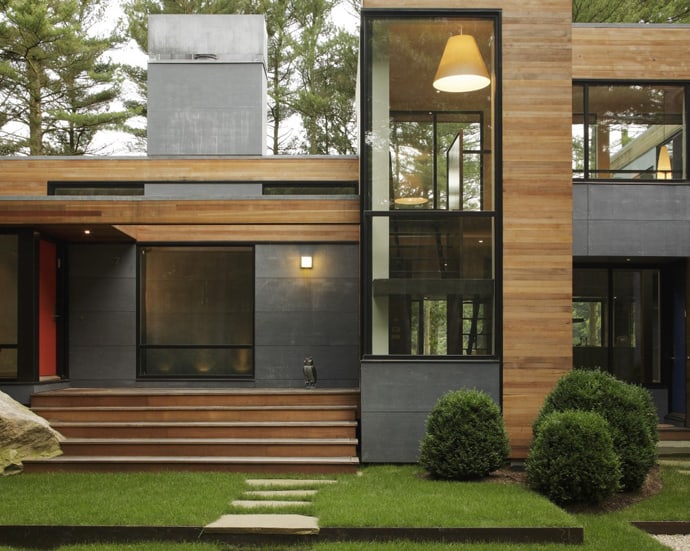
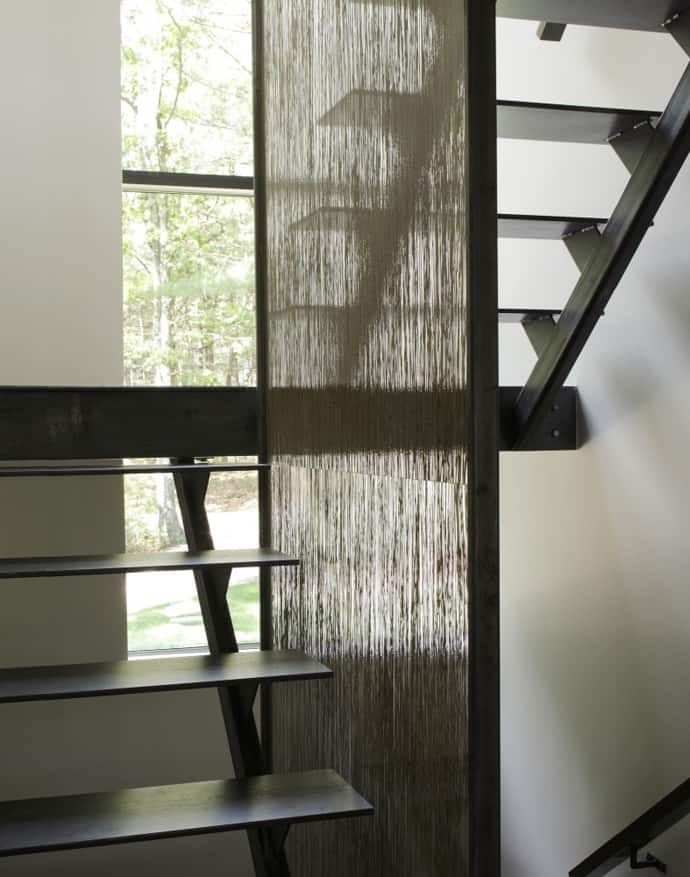
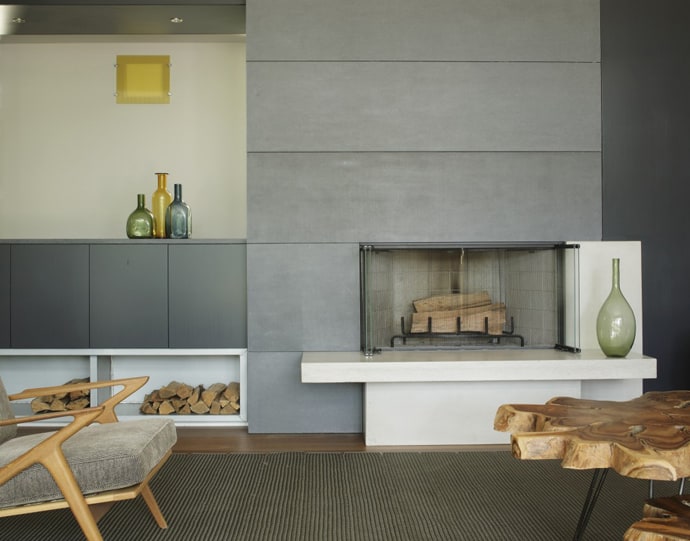
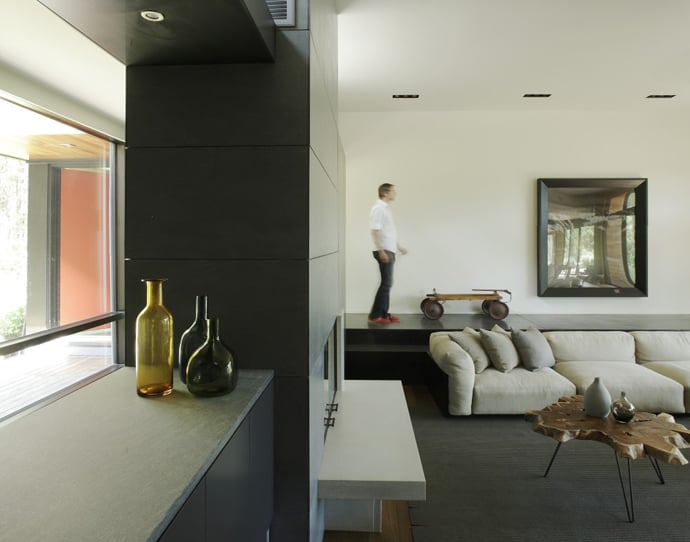
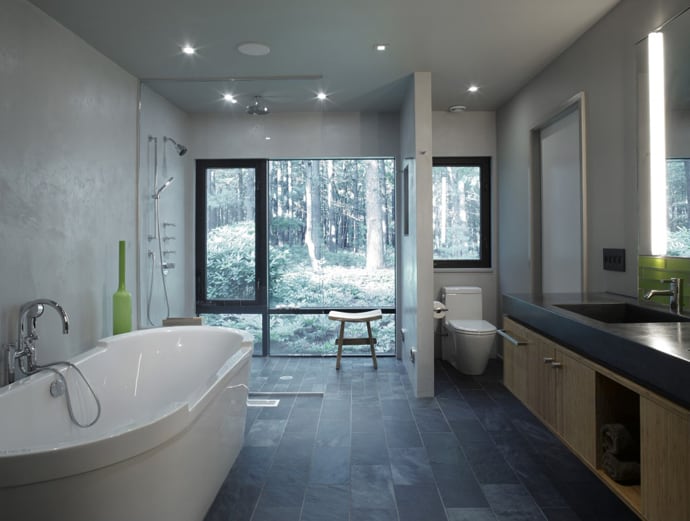
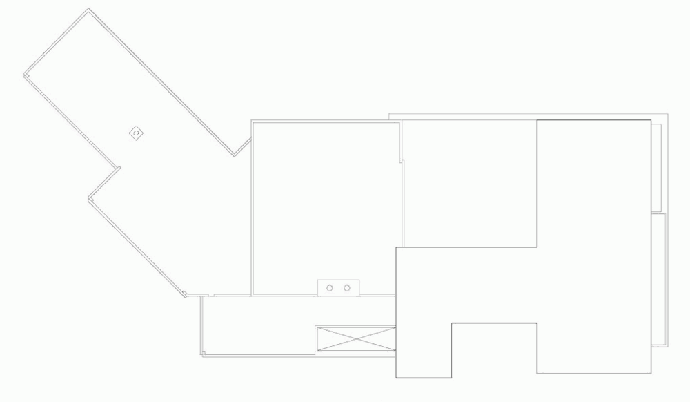
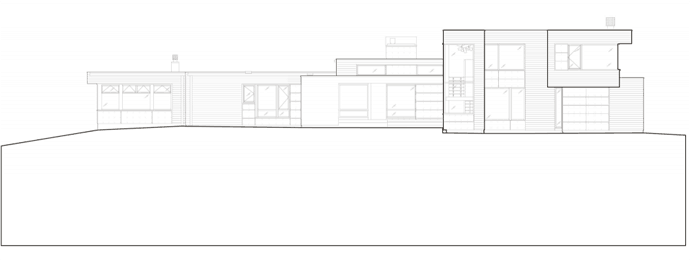
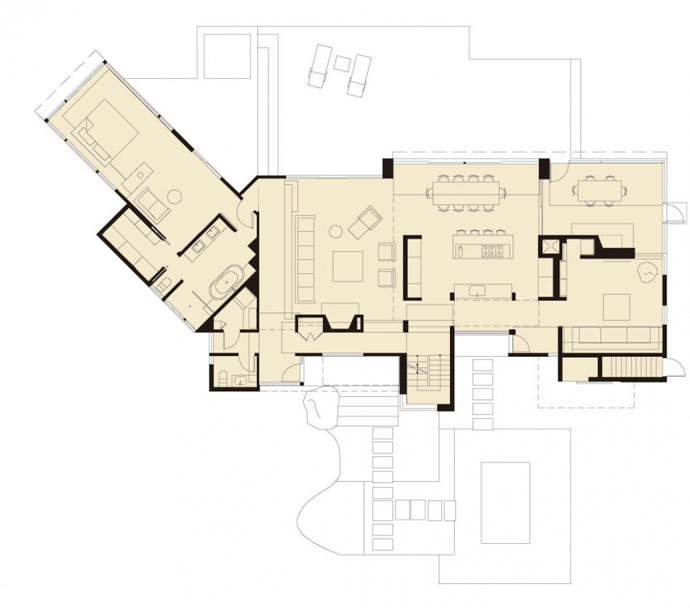
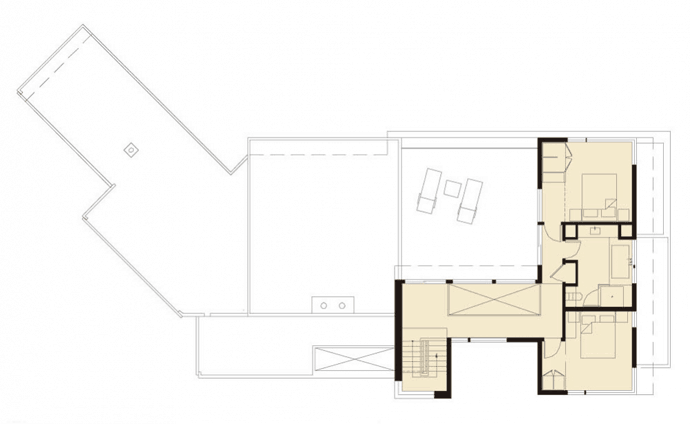
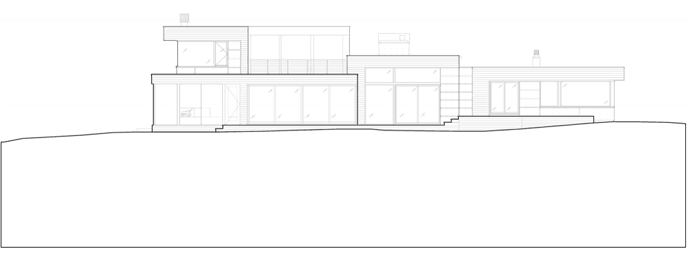
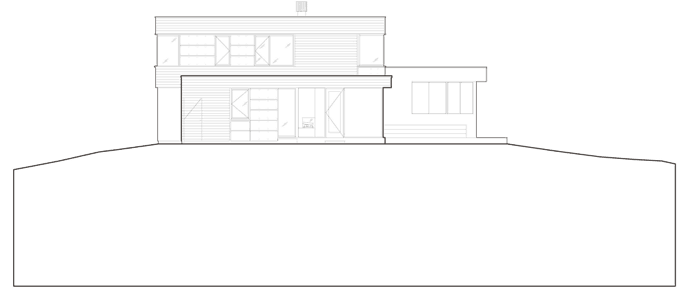
Photographs: Frank Oudeman
